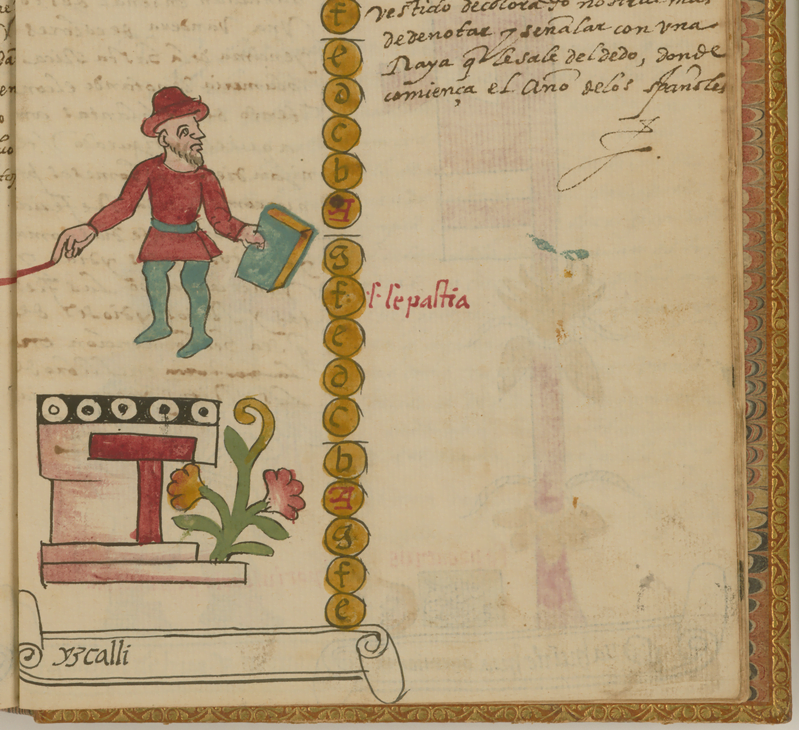Native Americans refer to all the peoples and civilizations of the Americas (North, Central, South, Caribbean and various islands. This includes the natives of Alaska and Greenland to Tierra del Fuego. There would be about a thousand different languages and cultures.
Here are the major linguistic and cultural currents: such as the Algic languages (including Algonquin), Uto-Aztecan (including Nahuatl) mainly in North America; Mayan languages (including Quiché), Oto-Mango (including Coatzospan Mixtec) mainly in Central America and Mexico; the Arawakian languages (including Wayuu), Tupi (including Guarani), Quechua (including Cuzcanian Quechua) mainly in South America, as well as isolated languages.
Several indigenous languages have developed their own writing, such as the Mayan languages or Nahuatl. Many later adopted the Latin alphabet or designed a script more suited to their particularities. There are mostly settler writings on Native American customs.

Contents
ToggleFestivals of the Peoples of the Americas
Holidays of the month
January 2, 2025 (2 events)
January 2, 2025

Today and for 5 days, Colombians celebrate the Carnival of Blacks and Whites. Created in 1546 from indigenous rites, the carnival combines traditions from all cultures and all ancient and Christian religions. Two days in particular attract attention, Black Day marking the abolition of slavery; and White Day the next day, almost erasing the day of Epiphany. #mythology #myth #legend #calendar #2January #carnival #BlackAndWhiteCarnival #Colombia #Pasto
January 2, 2025

Today, the inhabitants of Riosucio in Colombia celebrate the Carnival of the Devils. Families compete in costumes, dance and music. This comes from the origins of the carnival where two communities stood together for the mining of the place. #mythology #myth #legend #calendar #CarnivalOfRiosucio #2January #Colombia
January 20, 2025 (1 event)
–
January 20, 2025
On this day, the Aztecs began the month of Izcalli in honor of the fire god Xiuhtecuhtli. The Nahuatl word izcalli means stone house and refers to the building where corn was dried and roasted between mid-January and mid-February. The whole month was therefore devoted to fire. #mythology #myth #legend #calendar #February 16 #izcalli #Xiuhtecuhtli
January 21, 2025 (1 event)
January 21, 2025

On this day, the Incas began the month of Camay Quilla, religiously marked by Attachment and Penance. There are few sources and documents apart from the Inca calendar. #mythology #myth #legend #calendar #January 1 #inca #camayquilla
January 24, 2025 (1 event)
January 24, 2025

Today and for a month, Bolivians can go to the Alasitas fair. Of Aymara origin in honor of the god Ekeko (abundance), this fair is nowadays a mixture of pagan and Christian tradition. #mythology #myth #legend #calendar #January 24 #ekeko #lapaz #bolivia #alasitas
Cultural areas in the Americas
Until recent decades, the late settlement theory prevailed, which maintains that human beings migrated to America from Asia via Beringia during the last ice age 12,000 to 14,000 years ago. However, traces indicating the presence of humans in the northern Yukon 24,000 years ago have been found. These data would suggest the crossing of humans from Siberia who would have occupied the now submerged territories of Beringia, and would have remained isolated by the glaciers some 8,000 years before dispersing in the rest of the American continent.
Scientists also support the thesis according to which the first settlement of America would have occurred 20,000 to 50,000 years earlier and would also be the result of a migration during which the human being would have taken different routes, such as as Mongolia, Siberia and the Arctic Ocean sea ice.
Subsequently, humans quickly occupied the entire continent where they formed various societies: in North America, the civilization of Mississippi and the city of Cahokia, the Iroquoian villages of Hochelaga and Stadaconé, as well as the Inuit, Dorset and Saqqaq cultures. In South America, the sacred city of Caral-Supe (the oldest American city) and the Sacred Valley of the Incas; in Mesoamerica, the Mayan cities of Chichén Itzá and Yaxchilan and the Aztec capital of Mexico-Tenochtitlan.
The Viking colonization of America is the first well-documented attempt at human settlement from Europe. According to the saga of Erik the Red, the first colonies were established in Greenland around the year 985 CE. His son, Leif Ericson, would then have explored Vinland (island of Newfoundland) around the year 1000 and would have entered into a relationship with the Beothuks. However, other pre-Columbian trans-oceanic contacts are presumed to have occurred even before the Scandinavian explorations.
The most developed civilizations of America, at the time of their encounter with Europeans, were not so technologically advanced as those of the Old World. For example, they had not developed the technology of the wheel and metallurgy had almost never any use other than decorative or monetary (notably in the form of coin axes): moreover, most Amerindians did not did not use a writing system, except in Mesoamerica, where they have been found on monuments as well as in codices.
However, this backwardness did not apply to all areas: certain American civilizations achieved a high degree of social organization and developed remarkable knowledge of astronomy and mathematics, as well as complex techniques of agriculture and architecture; thus, for example, the Aztec capital, Mexico-Tenochtitlan, was, when the Spaniards discovered it, one of the largest cities in the world, with an estimated population of about 200,000.




